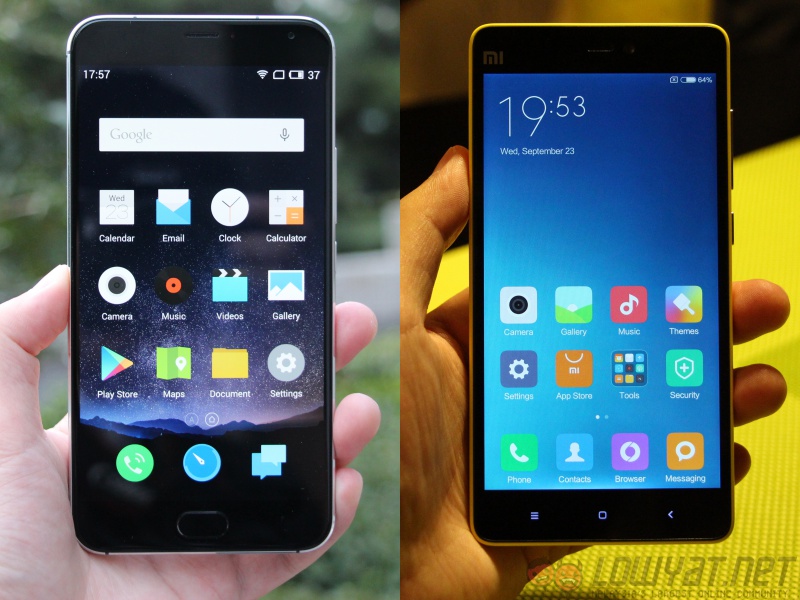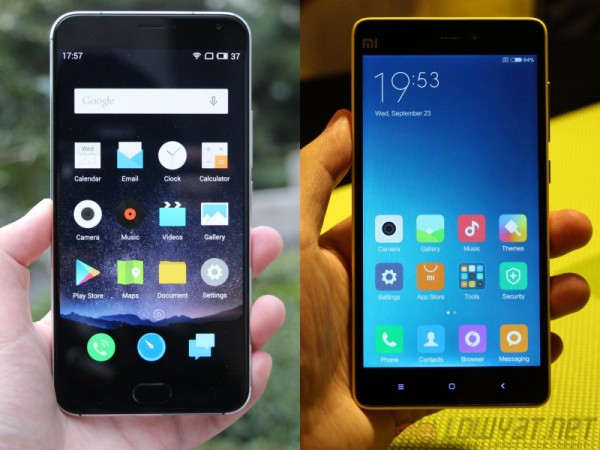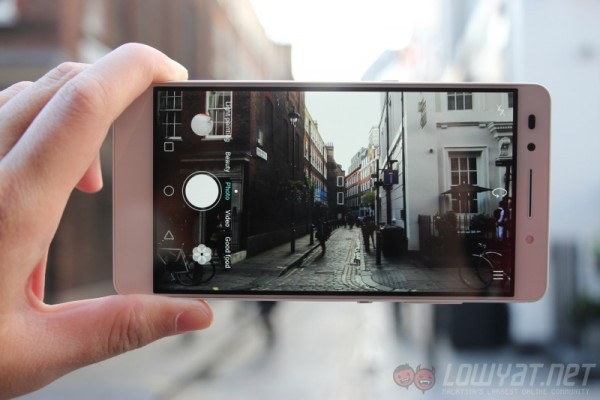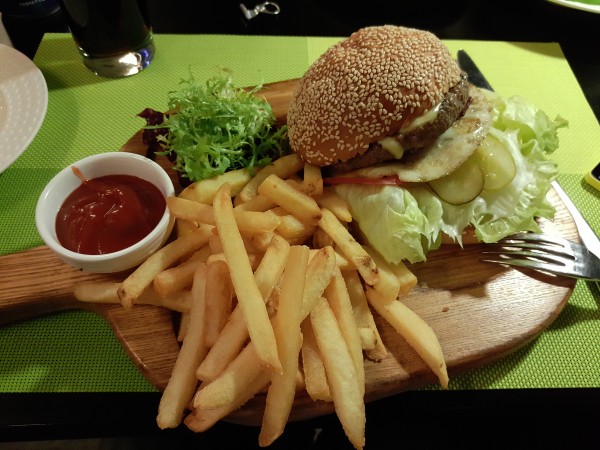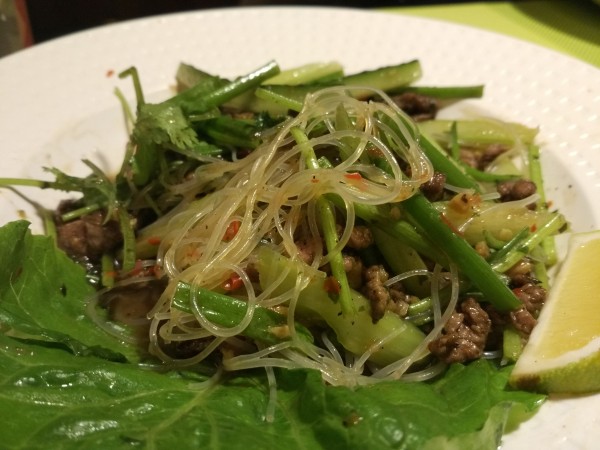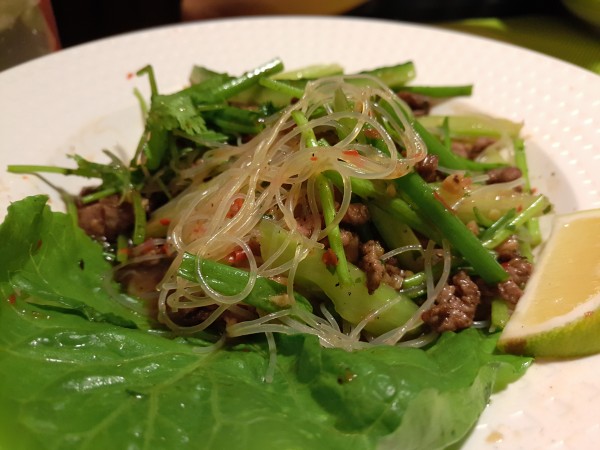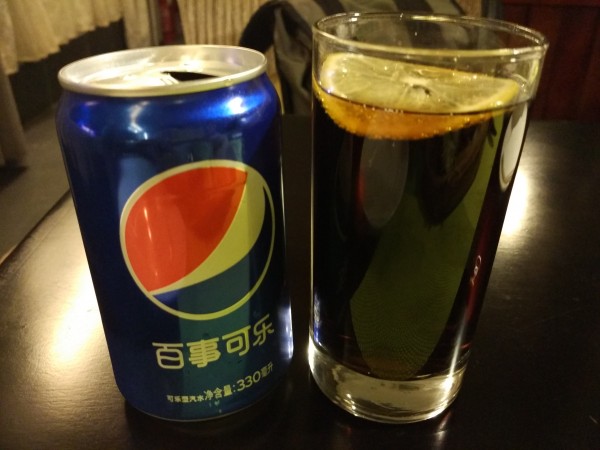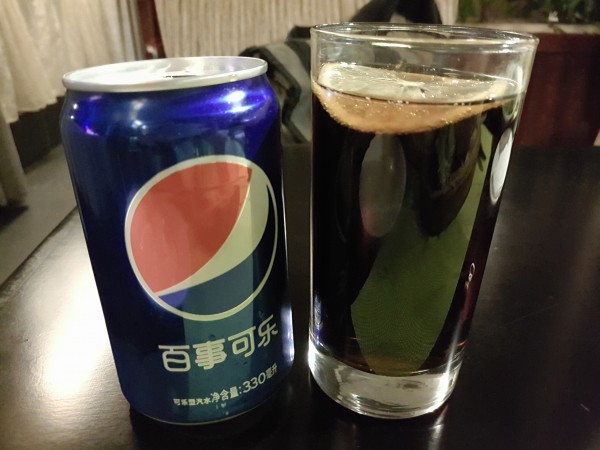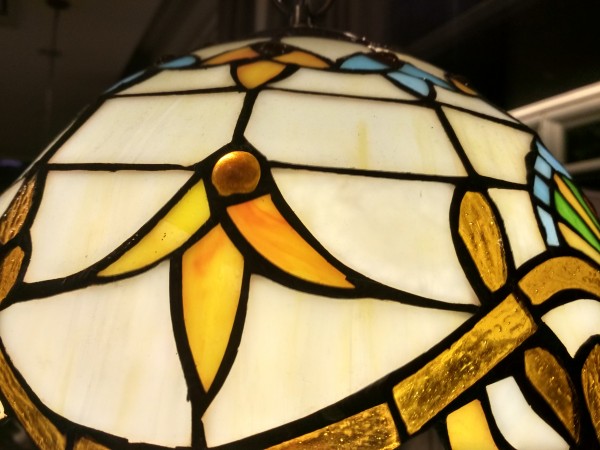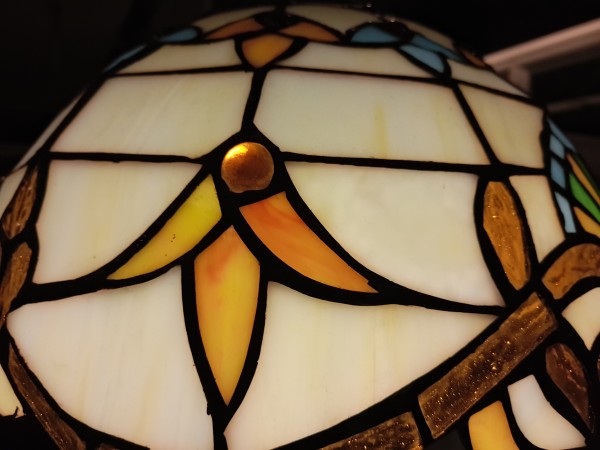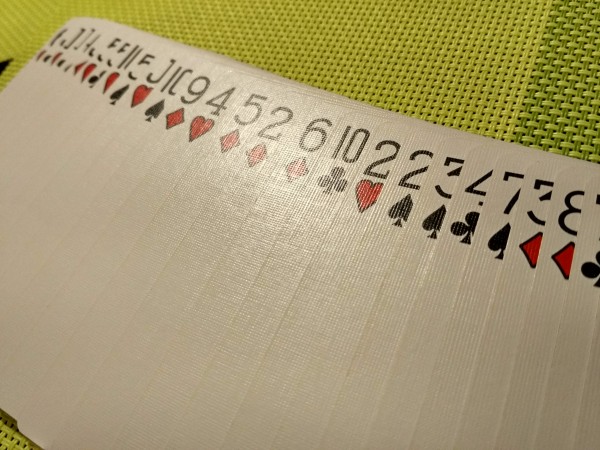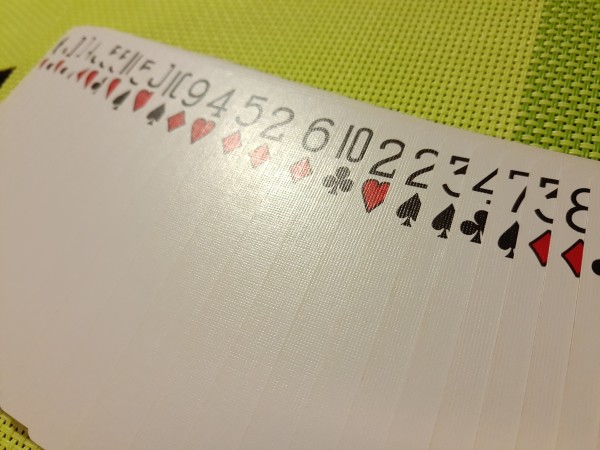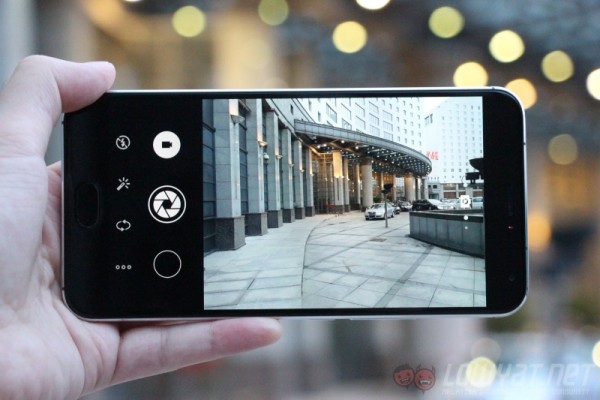While we were in Beijing, we happened to have both the Xiaomi Mi 4c and Meizu Pro 5 in our hands. The first thing that we thought of was to pit these two devices against each other, and how should we do it? Well, with a camera shootout, of course. Based on the images that we’ve managed to capture, the results are rather interesting.
Before we get to the comparisons, let’s have a quick run-down on both devices’ camera. The Xiaomi Mi 4c has a 13MP rear camera with two possible sensors: a Sony IMX258 or a Samsung S5K3M2 sensor. Unfortunately, we were not able to verify which sensor our Mi 4c was equipped with. The Meizu Pro 5, on the other hand, has a 21MP rear camera with a Sony IMX230 sensor; the very same sensor the honor 7 and Motorola Moto X Style (as well as the Play) are equipped with.
Other than that, both the Xiaomi Mi 4c and Meizu Pro 5’s rear cameras feature Phase Detection Autofocus (PDAF). However, the Meizu Pro 5 also has laser autofocus to complement the PDAF – on paper, the more expensive Pro 5 does look more impressive than Xiaomi’s offering.
Now, with the camera specifications of both devices out of the way, let’s get to the comparisons. Unfortunately, we only had the Mi 4c to try out pretty late in the evening for an hour or so, and were not able to capture more than indoor shots in warm lighting. The top images are taken with the Xiaomi Mi 4c, followed by the Meizu Pro 5.
Click on image for full resolution
At first glance, the Pro 5’s images seem to be superior to the Mi 4c’s, but once we take a closer look, they are actually more saturated. Look at the fries, for instance: the Mi 4c actually captures more true to life colours. However, as the Pro 5 processes images with higher saturation, the Mi 4c looks bland in comparison.
Here, we can see just how much saturation the Pro 5 has in comparison to the Mi 4c. While a saturated image looks more appealing (as the colours pop more), some would prefer a more accurate colour, which the Mi 4c was able to capture.
Now, this is an odd one. Unlike the previous comparisons, the Pro 5’s image looks more washed out here than the Mi 4c’s. Take a look at the slice of lemon in the glass; it doesn’t even look like a lemon in the Pro 5’s shot. That being said, the Mi 4c has a warmer colour here (though the image was taken under warm light).
The subject above is one of the lit lamps in a restaurant I was in. Looking at the Mi 4c’s image, it seems like the camera has trouble getting the right amount of exposure. The Pro 5, on the other hand, preserved better detail; though it does seem a tad underexposed as the ISP tries to balance the backlight coming from the bulb.
These two images were taken under a yellow light, which explains why the Mi 4c looks yellowish in comparison to the Pro 5. That being said, it’s evident that both smartphone cameras captured plenty of detail, rendering the cards textures very well.
——
Image quality aside, the responsiveness of the camera is an important point to consider as well. While I didn’t notice any significant pauses in between shots with the Mi 4c, I found the Pro 5 locks focus faster than the Mi 4c. That is not to say the Mi 4c was difficult to photograph with; the Pro 5 is just better in this aspect.
This camera shootout just shows how Chinese smartphone manufacturers manage to become big players in recent years. Xiaomi, especially, has rose up to be one of the most recognised Chinese brands in the world. While Meizu isn’t quite as well-known, it has enjoyed quite a success with its devices as well. In March 2015 alone, the Chinese company has managed to ship more than two million devices. Needless to say, that’s quite an achievement.
The Meizu Pro 5’s camera does seem promising based on these images. I’ll be looking into other aspects of the Pro 5 in our full review, including its camera’s capabilities under ideal lighting and its overall performance as a flagship device. Until then, check out our hands on post for more details about the Pro 5.
Follow us on Instagram, Facebook, Twitter or Telegram for more updates and breaking news.

